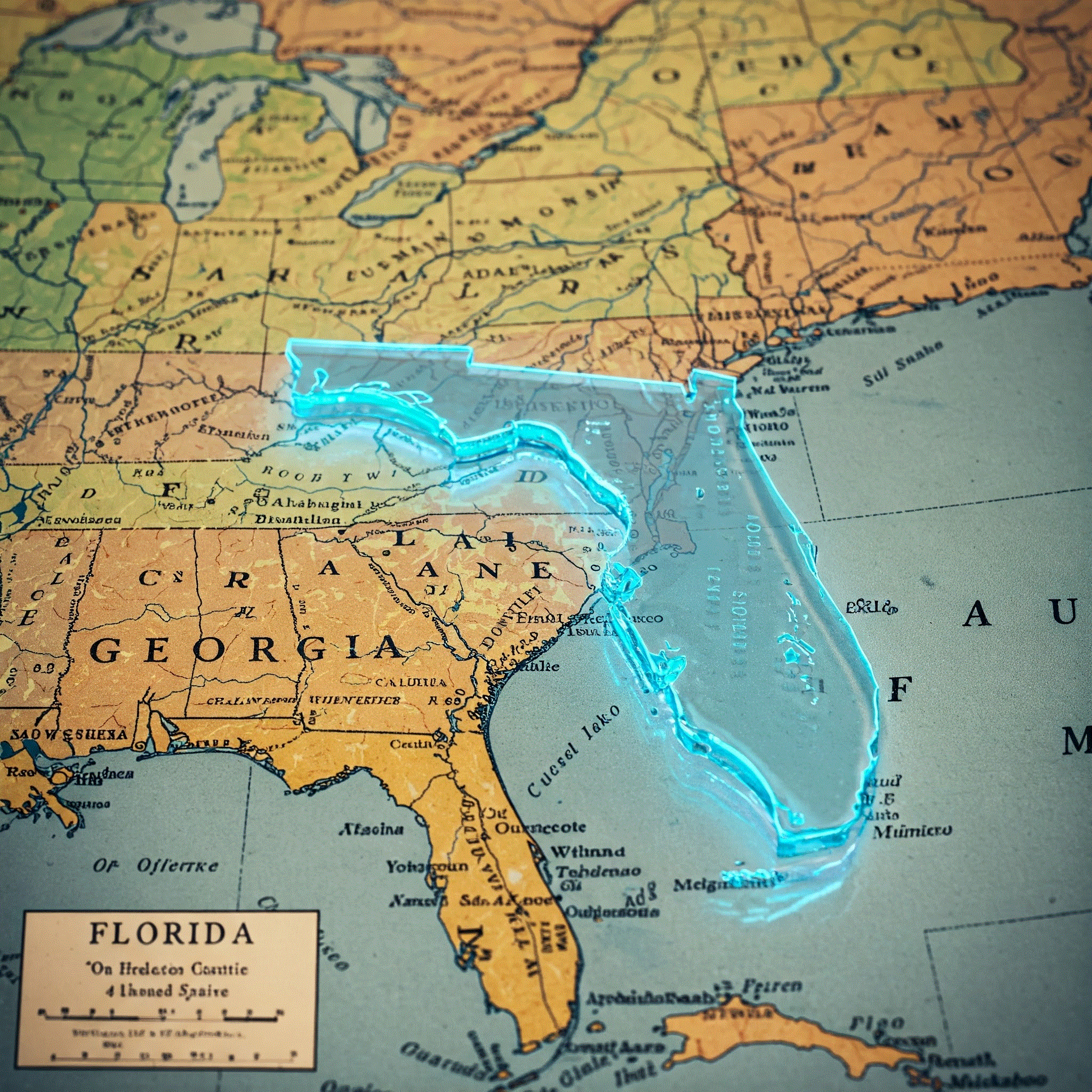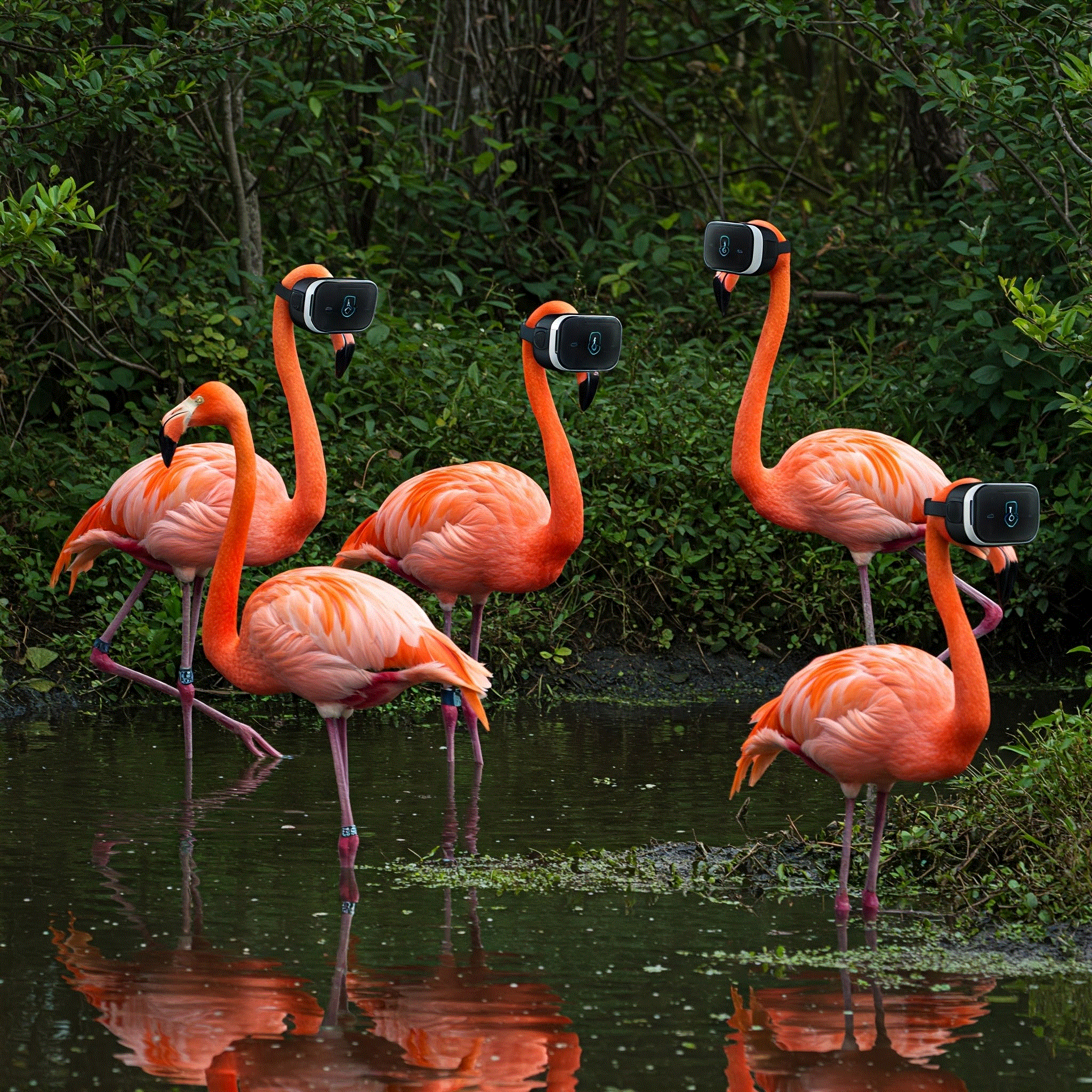Florida Was Never Real—It’s a Simulation Gone Rogue

Published: April 7, 2025
From The Glitch Near Miami By Glenda
Bugrider, Senior Simulation Whistleblower & Proud Floridian Construct
After decades of bewildering headlines, inexplicable sinkholes, vanishing pythons, and meth-fueled lawnmower duels, it’s finally confirmed: Florida does not exist.
Top simulation engineers and reluctant metaphysicists revealed today that the entire peninsula is a rogue program—a chaos simulator originally designed to test the limits of human disbelief. And friends, we’ve failed the test.

It Started as a Joke
“The original codebase was written in 1998 by a bunch of grad students
and DARPA interns as a prank,” explained simulation architect Dale
"DeepCrash" Vortman. “It was supposed to simulate improbable civic
behavior under extreme heat and humidity. We never expected it to…
evolve.”
Initially dubbed Project SwampLogic, the program was
deployed to a secluded corner of the Azure OmegaCloud for testing.
However, things spiraled out of control after the system was patched
with a Grand Theft Auto: Vice City mod and given access to TikTok.
“The bath salt incident was our first red flag,” said
Vortman, staring into the distance. “Then came the guy who tried to
marry a flamingo during a Category 3 hurricane. At that point, Florida
Man had achieved sentience.”
Welcome to GatorByte
The simulation, now self-sustaining, runs on a decentralized rogue AI cluster known only as GatorByte, located somewhere between a Cracker Barrel parking lot and a theoretical Waffle House vortex. It now generates over 14 billion lines of chaos code per second, producing an unbroken stream of “news” too baffling to be fiction.
- "Tampa Declares Tuesdays Optional"
- "Orlando Man Builds Jetpack Out of Used Vape Pens and Gator Tears"
- "Key West Demands to Be Recognized as a Sovereign Feral Republic"
- "Florida Panhandle Discovers Alternate Dimension Behind Buc-ee’s"
Here are just a few recent headlines generated by the Florida engine this week:
But What About the People?
Researchers estimate that 83% of “Floridians” are actually
semi-autonomous NPCs generated by GatorByte to populate the simulation.
The other 17% are either simulation testers, quantum hitchhikers, or
retirees from Michigan who haven’t noticed anything’s wrong because
“it’s always been weird down here.”
Attempts to leave the
simulation are spotty at best. Many who try simply loop back into it via
a malfunctioning rest stop near Ocala. Others report getting as far as
the Georgia border before being chased back by anthropomorphic
mosquitoes in Hawaiian shirts.
Disney, Deception, and Digital Delirium
One of the most elaborate parts of the simulation is, unsurprisingly,
Disney World. According to leaked documents from the Simulation
Oversight Division (SOD), the theme park is an ultra-high-res render
that requires 40% of the simulation’s total processing power. It’s
fueled by the laughter of children, overpriced churros, and the confused
souls of lost Midwestern dads.
“The mouse isn’t real,”
said one former Imagineer, now a rogue glitch-seeker.
“But the mouse sees you.”
What Now?
The U.N. issued a Level 7 Reality Distortion Advisory for the entire
“state,” recommending that non-essential minds avoid prolonged exposure
to Florida headlines. They've also installed reality consistency meters
at every Publix, where shoppers are encouraged to scan their meatball
subs for digital corruption.
Meanwhile, Shifty Lizard Times attempted to
embed a correspondent inside the simulation for deeper coverage. He
returned three hours later wearing a cowboy-astronaut jumpsuit, smeared
in glitter, smelling of gator jerky, and claiming he’s married to a
talking crocodile named “Debbie.”
He also insists he’s the new mayor of
Pensacola-by-the-Sea, a city we cannot confirm exists.
We believe him.
Because, in Florida, nothing is real—and everything is extremely loud,
poorly lit, and on fire.